Exploring Market Trends for Qibanqing Granules at the 138th Canton Fair in 2025
As the 138th Canton Fair approaches in 2025, the spotlight is on Qibanqing Granules, a key product in the burgeoning health supplement market. Recent industry reports indicate that the global herbal supplement market is projected to reach USD 132.8 billion by 2027, with an annual growth rate of 8.2% (Grand View Research). This upward trend underscores the rising consumer demand for natural health products, where Qibanqing Granules are poised to play a significant role due to their multifaceted health benefits. Increased awareness of traditional Chinese medicine and its efficacy is driving this growth, particularly in Asia-Pacific markets, which are anticipated to dominate with a share exceeding 30% (Market Research Future). The upcoming fair presents a pivotal opportunity for stakeholders to explore market trends, enhance visibility, and capitalize on the growing interest in Qibanqing Granules among both domestic and international buyers.
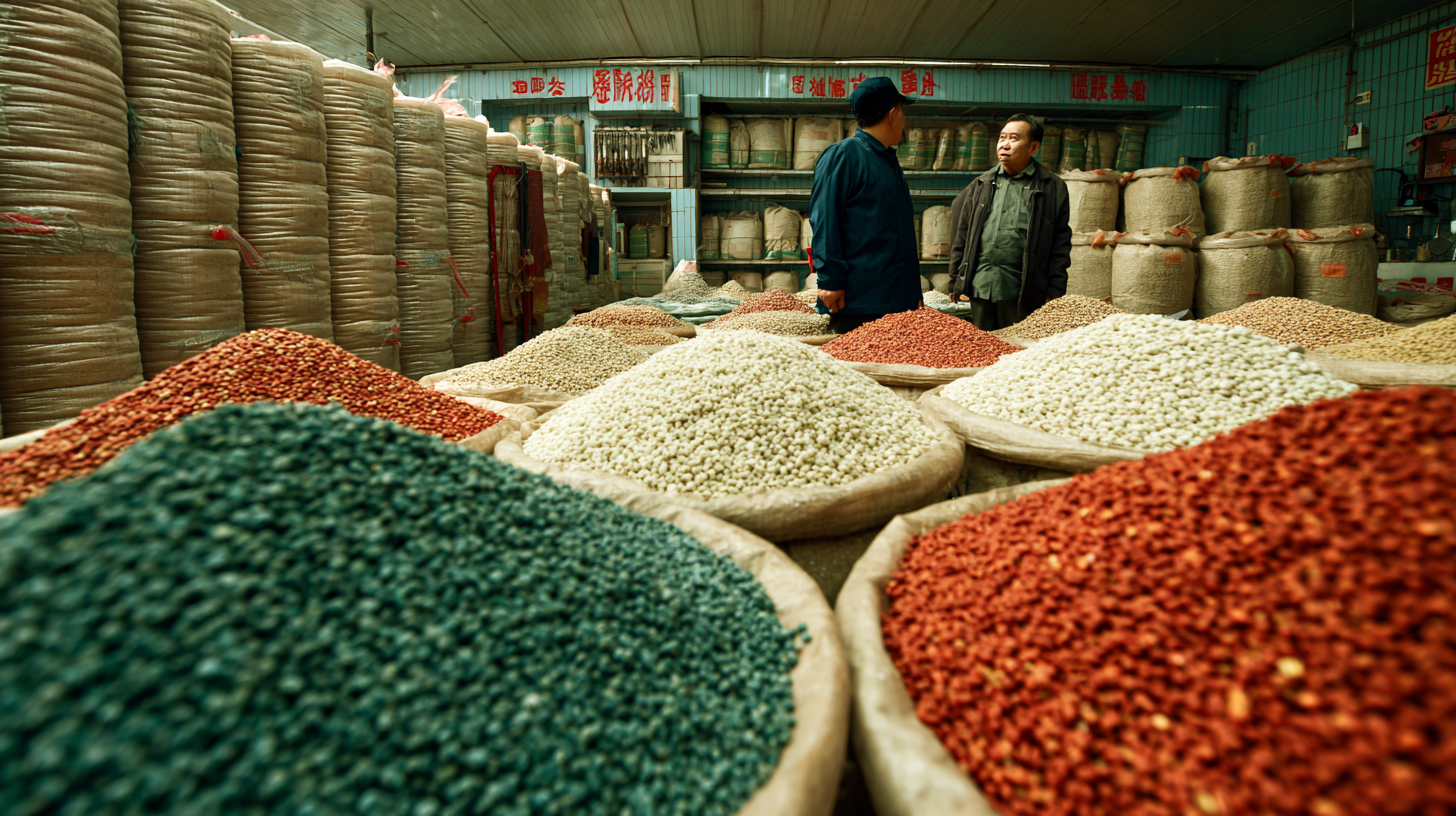
Emerging Market Trends for Qibanqing Granules at the 138th Canton Fair
The 138th Canton Fair in 2025 is poised to unveil significant emerging market trends for Qibanqing Granules. As industry experts highlight, the global market for these granules has witnessed substantial shifts, driven by increasing demand in the pharmaceutical and nutraceutical sectors. Reports indicate that the market size of Qibanqing Granules is expected to grow by over 15% annually, reflecting both rising consumer awareness of natural remedies and the growing acceptance of traditional medicine in modern healthcare practices.
In addition to the standard offerings, the fair is likely to showcase innovative formulations and new product launches that align with current health trends, particularly in enhancing immune function and respiratory health. Analyst insights suggest that manufacturers are focusing on sustainable sourcing and organic certification to appeal to a more health-conscious demographic. Participants at the Canton Fair can expect to engage in discussions around these trends, explore technological advancements in granule production, and forge strategic partnerships that will shape the future landscape of Qibanqing Granules.
Market Trends for Qibanqing Granules at the 138th Canton Fair in 2025
This chart illustrates the projected market trends for Qibanqing Granules over different regions based on data collected from the 138th Canton Fair in 2025. The values indicate the expected demand in metric tons.
Analyzing Consumer Demand for Qibanqing Granules in 2025
The consumer demand for Qibanqing granules is expected to witness significant growth in 2025, driven by an increasing awareness of health and wellness among Chinese consumers. According to a recent report by the China Health Products Association, the market for traditional Chinese medicine (TCM) products, including Qibanqing, is projected to reach approximately 100 billion RMB by the end of 2025. This surge is largely attributed to the rising prevalence of respiratory conditions and a growing preference for herbal remedies over synthetic medications, leading to an uptick in consumers seeking natural alternatives for health management.
Moreover, the demographic trends indicate that younger consumers are increasingly inclined towards holistic health solutions. A survey conducted by the National Bureau of Statistics of China revealed that 65% of millennials are now prioritizing wellness products, thereby expanding the customer base for Qibanqing granules. This demographic shift, coupled with strategic marketing efforts at industry events like the 138th Canton Fair, creates ample opportunities for brands to tailor their offerings to meet the evolving needs of health-conscious consumers. Additionally, innovations in product formulations and delivery methods are likely to further enhance consumer appeal, making Qibanqing granules not only a staple for traditional users but also an attractive option for a broader audience.
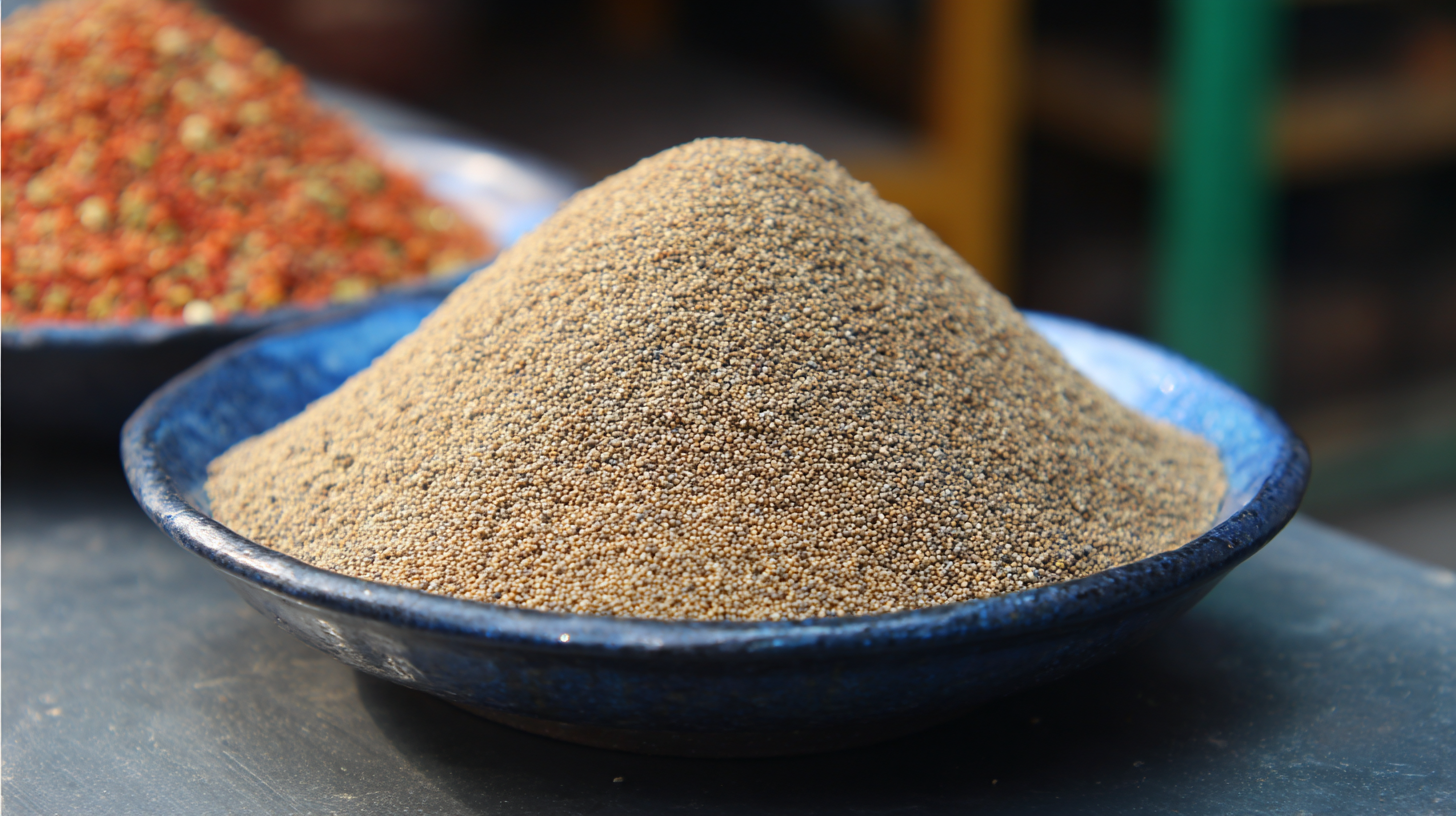
Competitive Landscape: Key Players in the Qibanqing Granules Market
The Qibanqing granules market has seen significant activity, particularly at major trade events like the 138th Canton Fair in 2025. A diverse array of key players has emerged, each contributing to the competitive landscape in unique ways. Established pharmaceutical companies are increasingly investing in research and development, seeking to enhance the efficacy and accessibility of Qibanqing granules. Their innovations often focus on improving formulation techniques and expanding distribution networks, thereby strengthening their market presence.
Moreover, emerging firms are leveraging technology and digital marketing strategies to carve out their niche in the market. These companies are often quicker to adapt to industry trends and consumer preferences, allowing them to capture a segment of the growing demand. Partnerships and collaborations among key players are also on the rise, leading to a more interconnected market environment. This dynamic interplay among established players and new entrants is reshaping the competitive landscape, fostering opportunities for growth and differentiation in the Qibanqing granules sector.
Forecasting Future Growth of Qibanqing Granules Post-Canton Fair
The 138th Canton Fair in 2025 is poised to be a significant event for the Chinese herbal medicine industry, particularly for Qibanqing granules. Recent data from the China National Health Commission indicates a rising demand for traditional Chinese medicine products, projecting a compound annual growth rate (CAGR) of 12% over the next five years. This trend underscores the growing acceptance and integration of herbal remedies into mainstream healthcare, especially in international markets.
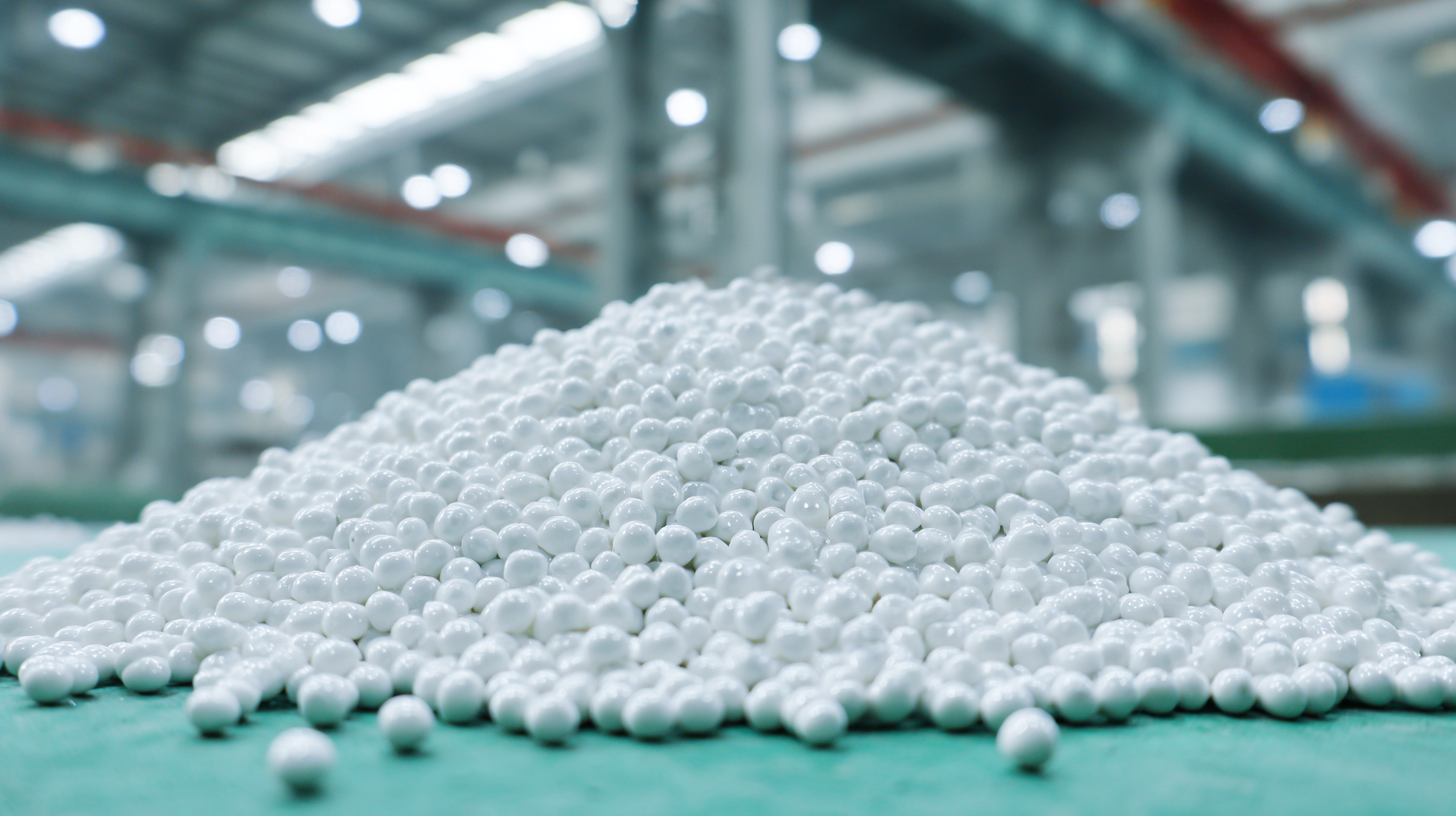
Post-Canton Fair, the Qibanqing granules market is expected to see a substantial surge in both domestic and export sales. A report by the Herbal Medicine Market Research Institute highlights that the export value of traditional herbal remedies is likely to reach $3 billion by 2026, driven largely by increased consumption in North America and Europe. The Canton Fair serves as an ideal platform for manufacturers to showcase the efficacy of Qibanqing granules, enhancing their visibility and market reach. As attendees evaluate new products and form partnerships, the path toward robust future growth for Qibanqing granules appears promising, aligning with broader market trends supporting herbal solutions.
Strategies for Effective Marketing of Qibanqing Granules in 2025
The marketing strategies for Qibanqing granules in 2025 must adapt to the evolving landscape of consumer preferences and market demands. According to a report by Grand View Research, the global herbal medicine market is projected to reach USD 111.09 billion by 2025, expanding at a CAGR of 6.5%. This growth underscores the increasing interest in natural remedies and highlights the potential for Qibanqing granules to capture a significant market share.
To effectively market Qibanqing granules, companies should focus on digital marketing strategies that engage millennials and Gen Z consumers, who are increasingly turning to herbal alternatives for health and wellness. Utilizing social media platforms, influencer partnerships, and targeted online campaigns can help raise awareness and drive sales. A recent study indicated that 70% of consumers are influenced by social media when making health-related purchases, making it essential to create a robust online presence that showcases the benefits and efficacy of Qibanqing granules.
Moreover, aligning marketing efforts with educational content can further enhance consumer confidence. By providing clear information on the traditional uses and scientific backing of Qibanqing granules, brands can establish credibility in a crowded market. As reported by Market Research Future, the herbal supplements segment is expected to see a growth rate of 5.2% through 2026, indicating a ripe opportunity for strategic marketing initiatives focusing on Qibanqing granules.
Exploring Market Trends for Qibanqing Granules at the 138th Canton Fair in 2025
| Market Segment | Estimated Demand (Units) | Average Price (USD) | Growth Rate (%) | Marketing Strategy Focus |
|---|---|---|---|---|
| Retail | 500,000 | 20 | 10 | Social Media Engagement |
| Wholesale | 300,000 | 18 | 15 | Partnership Development |
| Online Sales | 700,000 | 15 | 20 | SEO and Content Marketing |
| Export | 200,000 | 22 | 12 | Trade Shows and Exhibitions |
Related Posts
-
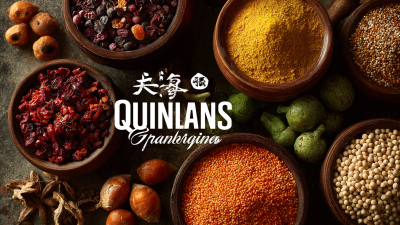
2025 Market Insights: The Rise of Best Qibanqing Granules and Industry Growth Data Analysis
-

Top Insights and Practical Tips for Sourcing Qibanqing Granules Globally
-
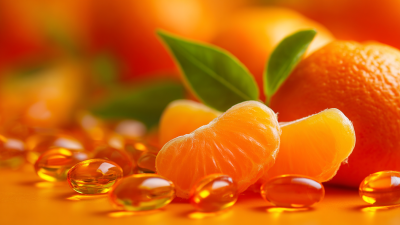
Revolutionizing Nutrition: Industry Applications of Best Vitamin C Coated Supplements and Their Efficacy
-

The Future of Valaciclovir Hcl in Antiviral Treatment Innovations
-

The Future of Propylene Glycol in Sustainable Manufacturing
-
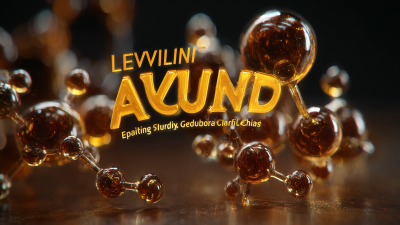
Elevating Global Standards with Exceptional Quality Best Levulinic Acid from China





